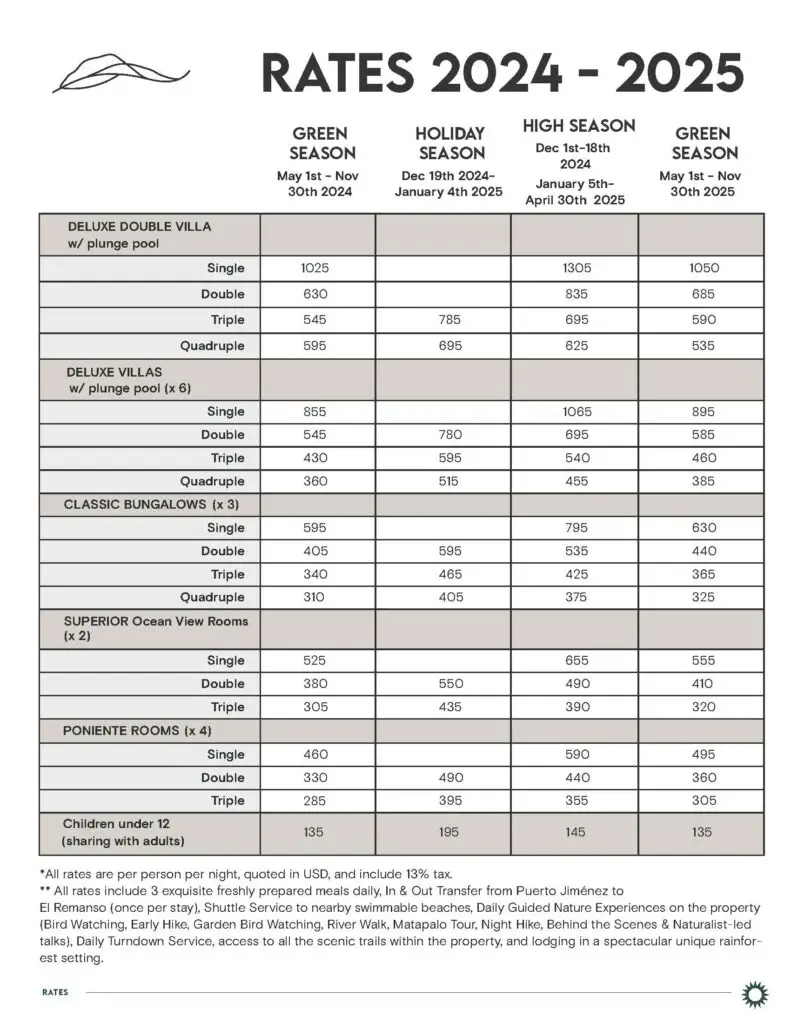The Ara Macaw in Corcovado National Park: A Jewel of the Osa Peninsula
Corcovado National Park, located on Costa Rica’s Osa Peninsula, is a haven for biodiversity, housing one of its most stunning residents, the Ara macaw, or scarlet macaw (Ara macao). These vibrant birds, with their brilliant red, yellow, and blue plumage, are iconic symbols of the park’s rich ecosystem.
Habitat and Behavior
Scarlet macaws thrive in Corcovado’s lowland rainforests and mangrove swamps. They are social creatures, often seen flying in pairs or small groups. These monogamous birds bond for life and are known for their loud calls and striking synchronized flights. Their diet of fruits, nuts, and seeds, such as those from almond and wild cashew trees, makes them essential seed dispersers, contributing to forest regeneration.
Conservation Efforts
Despite their protected status in Corcovado, scarlet macaws face threats from habitat loss and illegal trade. The park’s conservation policies provide crucial protection, yet ongoing efforts are needed to combat these threats. Local organizations and communities play a vital role in monitoring and protecting macaw populations.
Role of Ecotourism
Responsible ecotourism, guided by knowledgeable local experts, is crucial in Corcovado. It raises awareness, funds conservation projects, and ensures that wildlife viewing is conducted respectfully. Tourists contribute to the local economy and support sustainable travel initiatives, fostering a deeper commitment to conservation.
Conclusion
The Ara macaw embodies the rich biodiversity of Corcovado National Park. As a biologist and local tour guide from Puerto Jimenez, I see firsthand the importance of ongoing conservation efforts. Through dedicated protection and responsible ecotourism, we can ensure that these magnificent birds continue to thrive in their natural habitat, preserving the park’s natural heritage for future generations.

